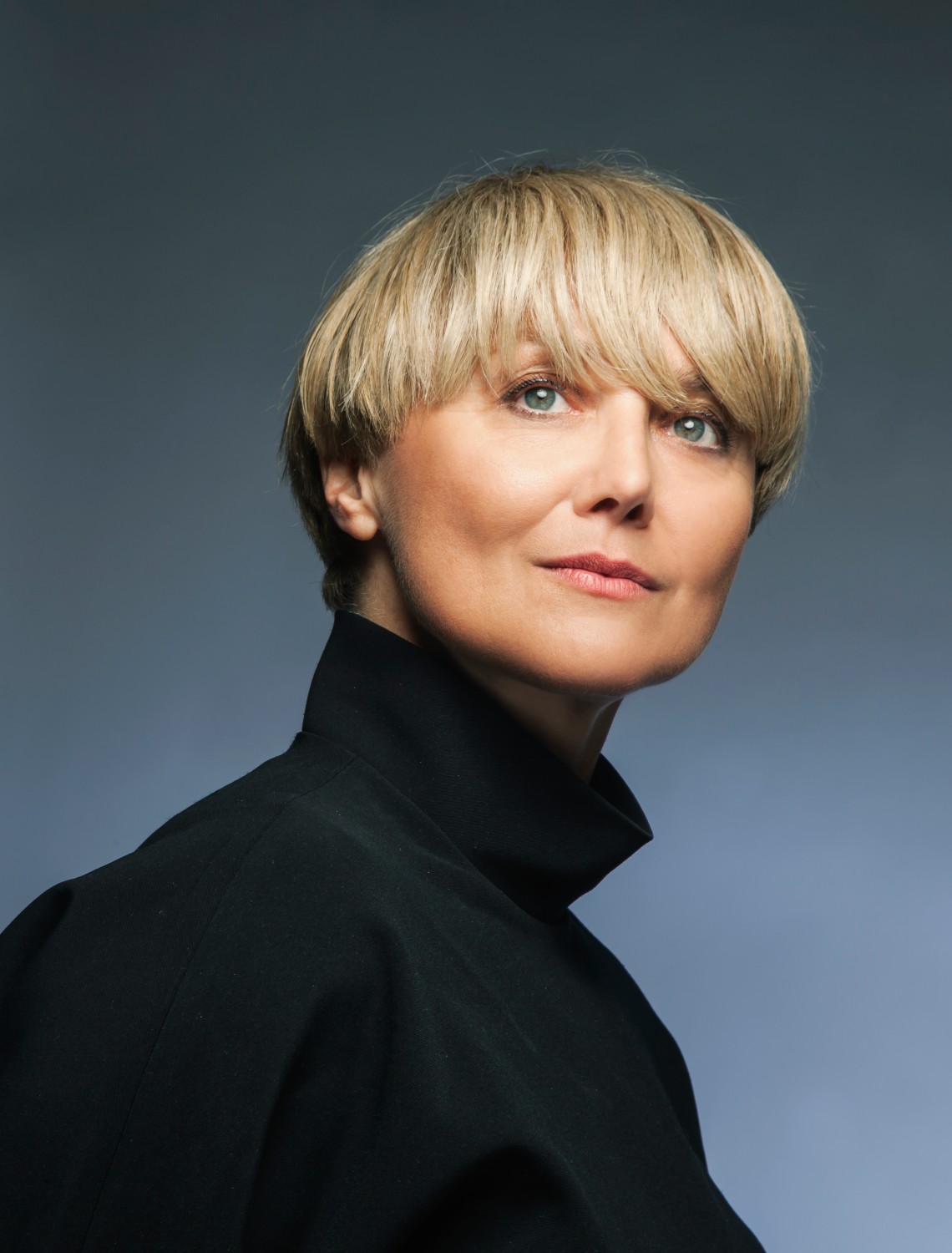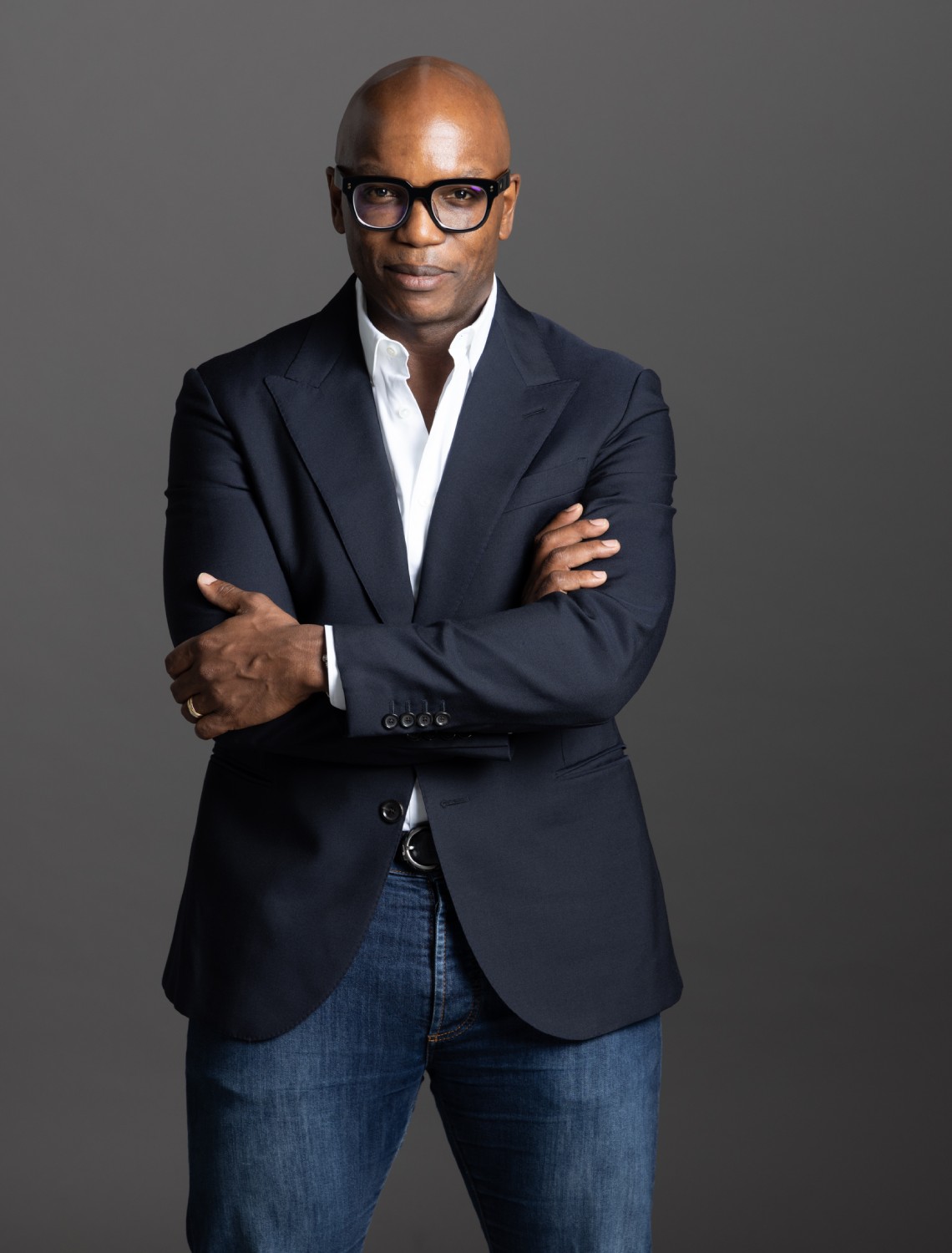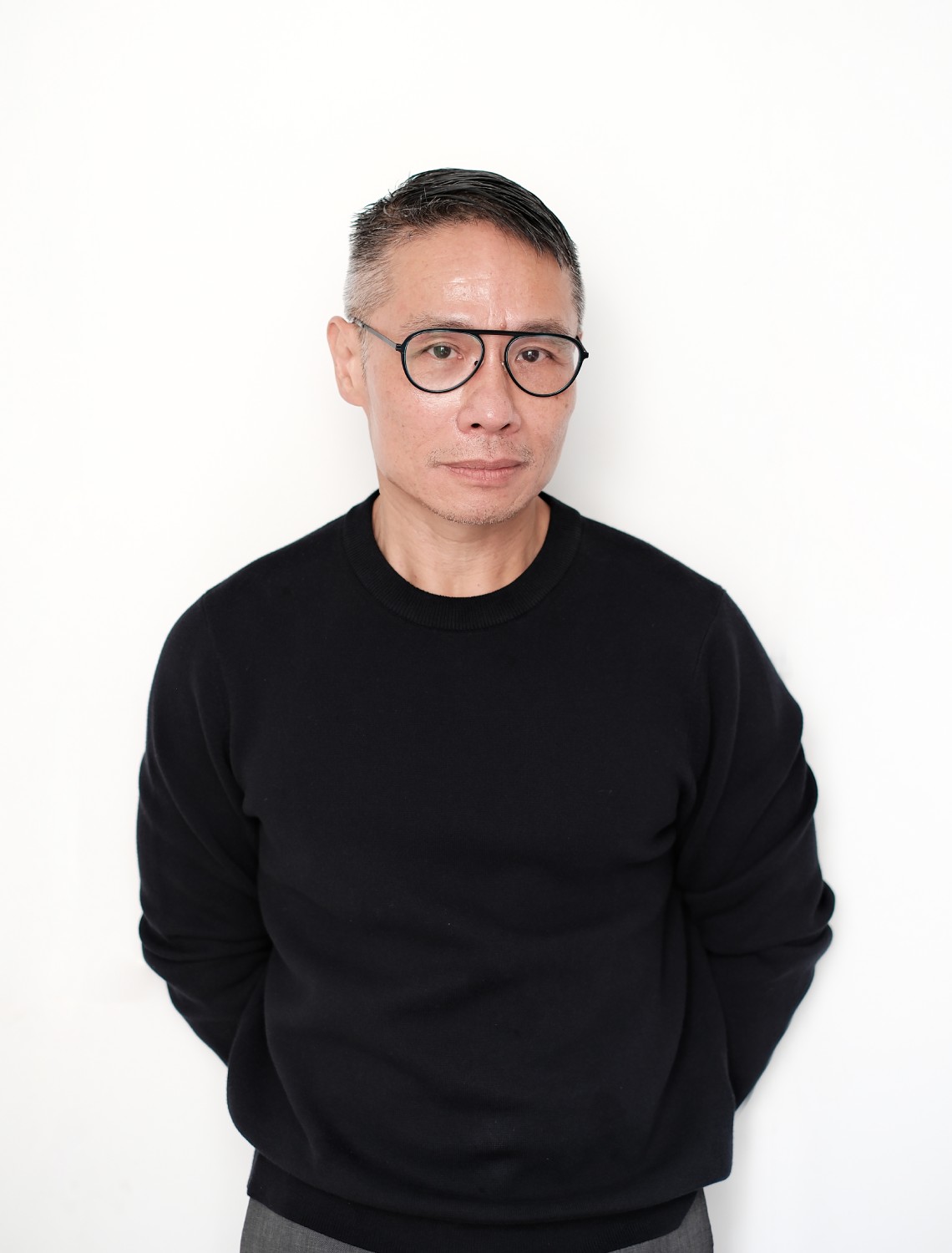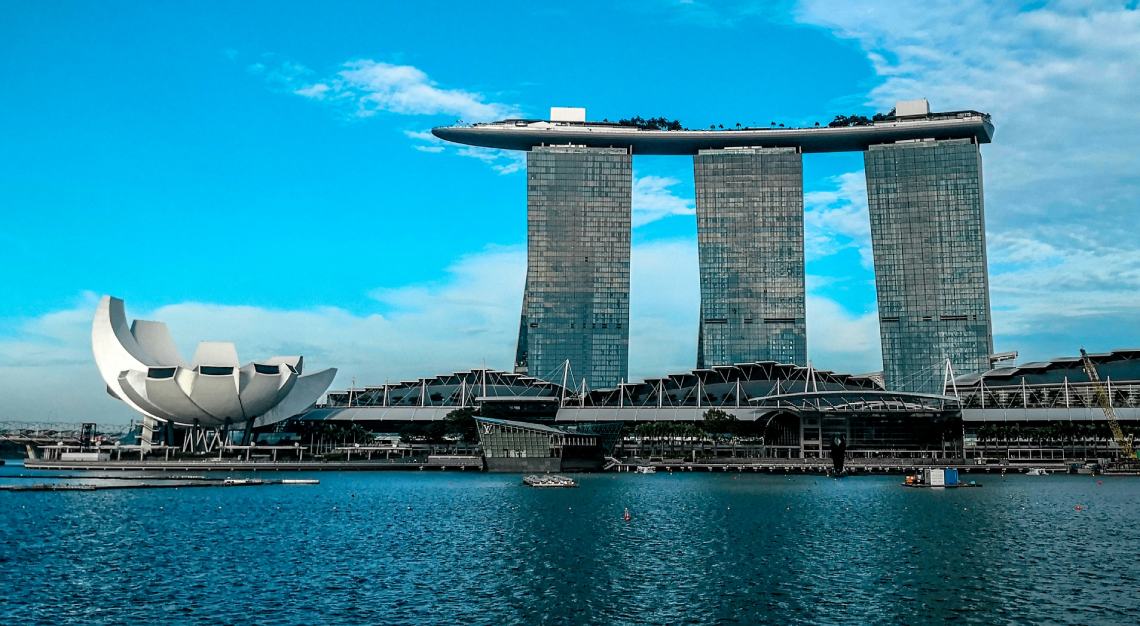What sparks the world’s top design minds? We ask three judges at the 2025 President’s Design Award Singapore what gave them pause and got them thinking about homegrown design
In Singapore, design has evolved into something that is more than a surface affair. Beneath the city’s pristine edges and meticulously zoned skylines lies a profound ambition—one that not only seeks beauty or glamour, but also connection and consequence.
For this year’s President’s Design Award (PDA) Singapore to be held on 31 July—conferred by the president of Singapore and jointly administered by DesignSingapore Council and the Urban Redevelopment Authority—a panel, comprising 15 internationally renowned jurors, was tasked with evaluating the country’s most forward-thinking design work across all disciplines. Their reflections reveal a city that sees design not merely as decoration, but as a way to shape culture, systems, and how people relate to one another.

“I was interested in how a design can affect the whole system of human activity, including a boost to local businesses, increased trade and interaction, social connections, and the building of genuine relationship-led networks,” says Michela Magas, London-based innovation strategist and founder of MTF Labs, on her judging criteria.
Magas believes that Singaporean designers create sustainable distribution frameworks that extend well beyond product innovation. “I see Singapore as an open space for collaboration between local and global intelligence and expertise, aiming for quality implementations of innovations and creative ideas,” she says.
Voon Wong, creative director of Viewport Studio, a multidisciplinary practice with studios in London and Singapore, was encouraged by the emphasis on impact—a judging criterion that was introduced in 2018.
“What differentiated these works from others is that they not only demonstrated design thinking but also convinced us that the end result positively impacted the people who consume and experience the end-product,” he says.
Uniquely Singapore
So, what defines impactful design in Singapore’s context? Welby Altidor, chief creative and innovation officer at Neon and a former executive creative director at Cirque du Soleil, believes a large part of it relates to the lived experience.
“Singapore is ambitious, bold, and courageous with its landmarks—Gardens by the Bay, Changi Airport, Marina Bay Sands, to name a few. But what fascinates me most are the quieter expressions: how greenery is tended to and accessible to all, how narratives of multicultural coexistence are layered into daily life,” he explains.

Struck by the country’s “deep tension between heritage and ambition”, Altidor believes that this dichotomy can be positively harnessed. “There’s extraordinary creative potential when designers here embrace not only the future but also the profound accomplishments and cultural legacy they’ve inherited,” he says. “Singapore may be small in size, but it is not in its historical and inspirational contributions to the world.”
Wong agrees that Singapore’s status as a connector between east and west gives designers access to broad influences, yet also a responsibility to stay grounded in context. In his view, the strongest works in the PDA didn’t chase universality—they embraced specificity.
“Singapore has a global outlook as well as cultural specificities to draw from,” he says. “World-class Singapore design looks both outwards, engaging in global design conversation, as well as inwards, drawing from our local context as the root for design.”
Human After All
While Magas brings a macro lens—framing design as a methodology that “aids knowledge exchange and new knowledge creation across domains”—she is quick to note that such approaches must remain human-centred.
“Design offers non-routine cognitive skills required for working with the unknown,” she explains. “It can test how technologies enable or obstruct human agency.”
Singapore, she believes, is especially equipped to do this work. Its public service, she notes, “encourages the highest level of global education” and attracts people with “intelligence and agency to drive new ideas”. This creates a national infrastructure where design-led problem solving isn’t a sideshow, it’s integral to the conversation.
And when that conversation makes room for emotion, it becomes powerful. For instance, Altidor points to how Singapore integrates nature into infrastructure—not just for sustainability, but for emotional texture. “A meaningful experience interrupts autopilot. It reconnects you with your senses, your surroundings, and the people around you. It reminds you that cities, too, have a soul,” he says.

This sentiment is also echoed in Wong’s view that design in Singapore thrives when it responds to context and climate. In his practice, for example, he looks to local materials, lifestyles, and aspirations as guides. “I don’t think about designing for a global audience,” he says. “I focus on designing something that responds to the local context. Hopefully the end result will find resonance with a wider audience.”
All three jurors agree that some of the most vital design work in Singapore happens not in landmarks, but in daily life. In a wedding, a park connector, a well-considered form on a government site. Altidor says these can help elicit “micromoments of wonder”.
It’s also a point Magas reinforces. For her, design must not just produce innovation but teach people how to collaborate and to be curious. This, she argues, is the foundation of design-led nation-building.
So where does Singapore design go from here? Magas suggests more bottom-up ideation, tapping the globally educated youth and feeding their ideas into the national imagination. Wong wants to see the next leap, a city where the population at large can “appreciate and consume design”.
Meanwhile, Altidor hopes Singapore design leans more into emotion-led experiences that encourages people to pause, observe, and feel something. “They make a city more liveable and a society more confident,” he says. “Because beauty, when embedded in infrastructure, fosters dignity and care.”
